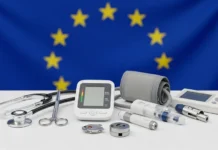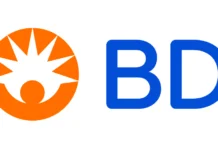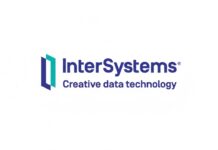Philips has gone ahead and launched a new image management platform, which has in it a web-based imaging viewer, which aims to advance how the radiologists go on to access as well as interpret the medical images.
Philips, which is the Dutch imaging giant, remarked that Image Management 15, which is an updated version of the Philips Vue PACS platform, is designed so as to facilitate the radiology capabilities by way of a desktop workstation through a standard web browser.
As per Philips, the new viewer is going to help the radiologists to streamline the workflows, enhance the collaboration between teams, and, at the same time, reduce IT intricacy throughout their enterprise.
By way of natively connecting along with the interactive reporting module, the web browser goes on to manage the reporting in the picture archiving and communication system – PACS workflows of the users. Philips said that the capability cuts the requirement when it comes to separate dictation or reporting systems, thereby offering the radiologists a means so as to review the images and generate reports without leaving the reading application.
The Image Management 15 can also interface along with any imaging centers connected to AI-based imaging tools, hence consolidating all the relevant imaging insights in one place, added Philips.
The imaging informatics business leader at Philips, Madhuri Sebastian, opined that the web diagnostic viewer by Phillips is indeed a milestone in their journey towards cloud-enabled as well as AI-integrated diagnostic imaging.
She added that it for sure brings the power of advanced visualization and collaboration as well as intelligence to any kind of browser, therefore helping the radiologists to stay connected and productive wherever the care takes place while at the same time streamlining the IT operations.
It is well to be noted that diagnostic imaging is indeed one of the fastest advancing areas within the healthcare space. As per a GlobalData analysis, the global diagnostic imaging market is rising at a CAGR of 4.4% and is anticipated to reach a valuation of almost $81.4bn by 2034, which is up from the $52.8bn that was recorded in 2024.
The imaging rival of Philips, GE HealthCare, also has remote image viewing provisions on its mind. The company has recently inked a $2.3bn contract to acquire Intelerad, the Canadian imaging software provider. This move aligns with the stated aim of GE HealthCare so as to prominently increase its range when it comes to cloud-enabled products by 2028.
In addition to the advances that have been made in the imaging software and management platforms such as this web diagnostic viewer by Phillips, AI is consistently having an appreciable impact when it comes to medical imaging, especially within the advancing radiology workflows. In 2024, big tech players like NVIDIA as well as Microsoft entered partnerships along with academic institutions in order to test and develop generative AI – genAI foundation models when it comes to radiology.
A technology in order to efficiently analyze a large number of unstructured datasets – GenAI, has massive potential in the radiology space. Protocols have in them the ability to elevate the radiological image quality, conduct diagnoses that are on par with the radiologist, and also assist with the imaging report summaries.
When it comes to radiology, such sort of assistance is of critical significance, given that research has already indicated that there is quite a prominent shortfall in radiologists. One of the 2024 reports from the Association of American Medical Colleges – AAMC forecasts that the radiologist shortfall within the US could well hit a figure of 42,000 by 2036.


















